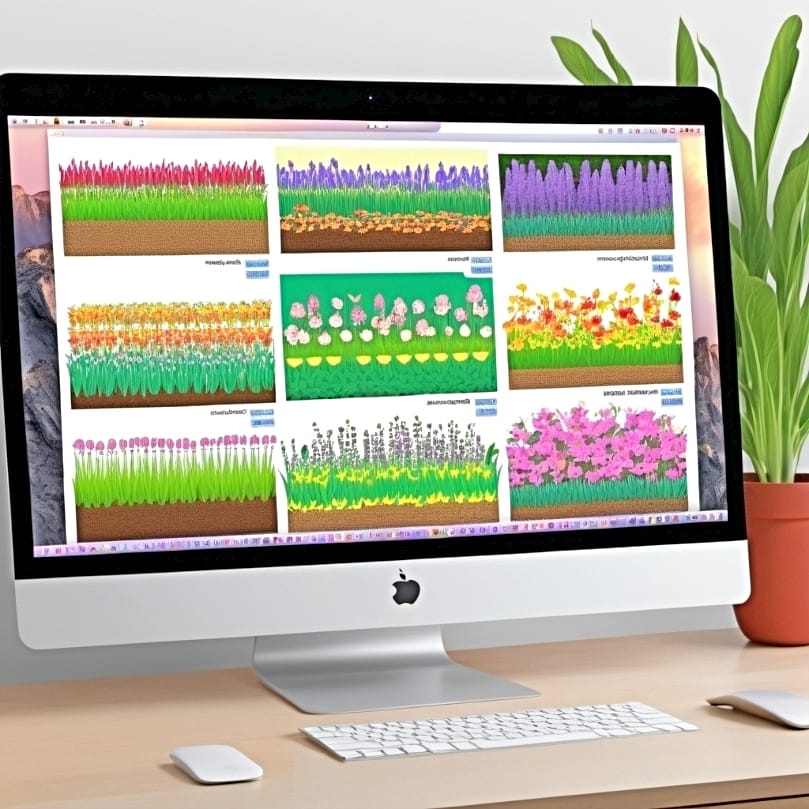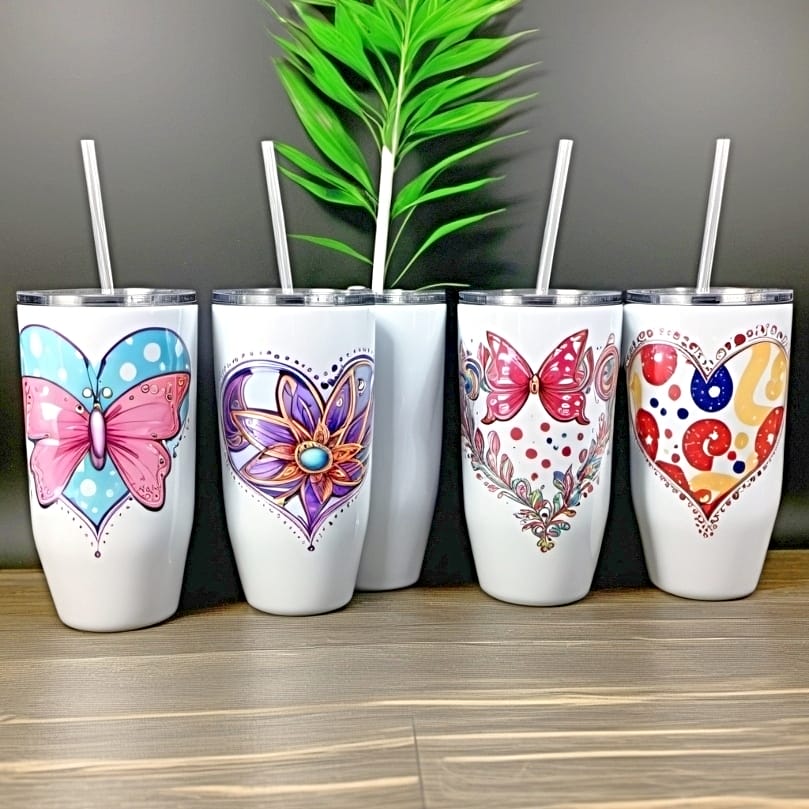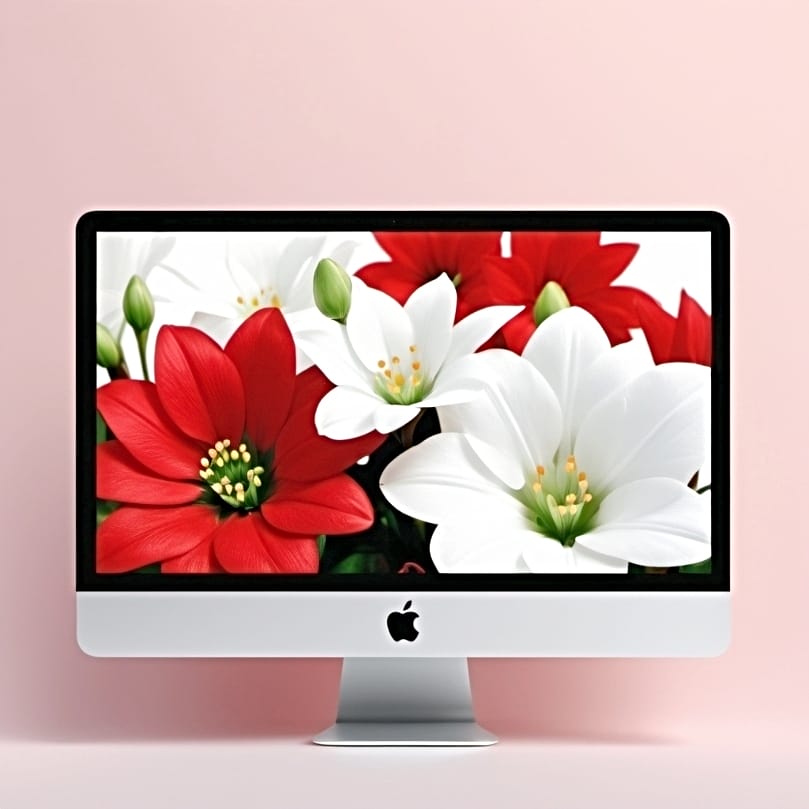Table of Contents
ToggleThe world of sublimation is no doubt vibrant and beautiful, however, we recognize it comes with some challenges. Color mismatch in sublimation printing can be frustrating. The key to avoiding it, you ask? A straightforward sublimation test print. This article will take you through why and how to do just that, ensuring your colors translate perfectly from screen to fabric. Look no further as we guide you through the ins and outs of test prints!
Key Takeaways
- Sublimation test prints are crucial for revealing color accuracy and printer performance, helping to fine-tune settings before final production to avoid unexpected outcomes.
- Selecting the right combination of sublimation printer, ink, and paper impacts print quality dramatically, with each component contributing to the final vibrancy and clarity of the print.
- Using proper pressing techniques, correct temperature and pressure settings, and addressing common issues like clogged print heads or cartridge problems are vital steps to ensure high-quality sublimation printing results.
Understanding Sublimation Test Prints
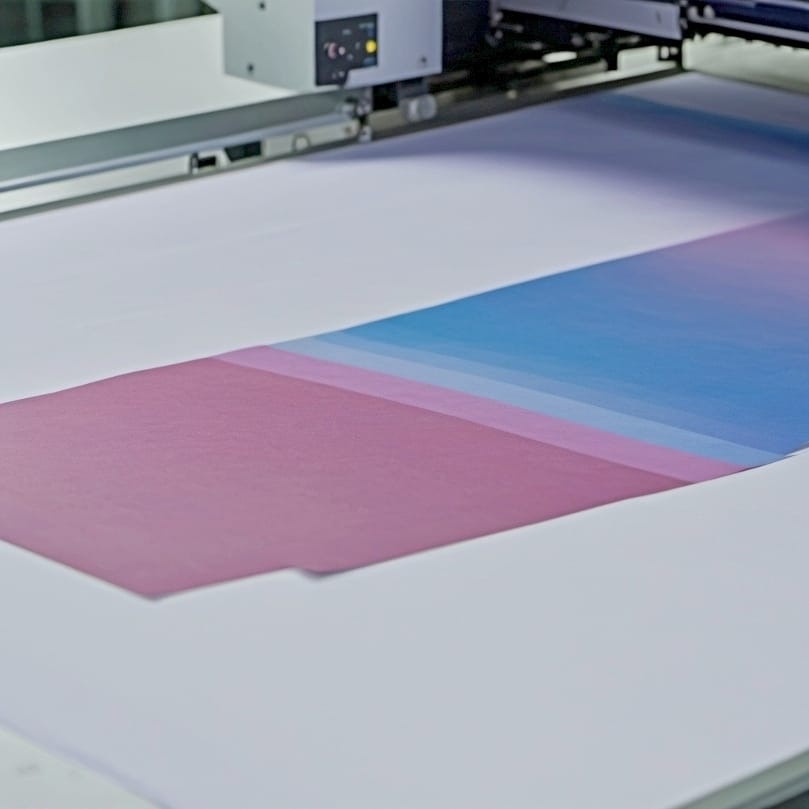
Sublimation test prints serve a significant function in the sublimation printing process by:
- Identifying potential issues with your printer settings or sublimation ink
- Acting as a real-time color chart
- Providing a glimpse into the true colors achieved after sublimation
These prints are more than mere pieces of paper; they are your gateway to better print quality, with high-quality, vibrant prints. They are pressed onto a 100% polyester fabric to ensure accurate color representation.
Without these test prints, you’re essentially printing blind, hoping for the best results.[1]
The Purpose of Test Prints
Imagine sailing through your printing process without costly errors, minimizing waste, and maintaining consistent quality standards. Sounds like a dream, right? Well, it’s possible with test prints. Implementing test prints allows you to address potential issues early and ensure consistent quality in your final products.
⫸ Click Here For Best Selling Sublimation Printers And Products ⫷They also validate the consistency of color reproduction from one print run to the next, across various projects. So, think of test prints as your safety net, saving you time, resources, and maintaining the high standards of your prints.[2]
Components of a Sublimation Test Print
What’s in a sublimation test print? It’s not just colors and patterns. A sublimation test print includes a color chart that tests and evaluates your printer’s capability in reproducing accurate colors. Gradient scales are also a crucial part of the test print, helping assess how well your printer can handle smooth color gradations and transitions between colors.
Finally, geometric shapes and various patterns are also included to determine your printer’s precision in printing accuracy and alignment. Each of these components plays a vital role in ensuring your printer is up to the task of delivering top-notch sublimation prints. You can read our guide if your sublimation printer is printing lines.
Choosing the Right Sublimation Printer, Ink, and Paper
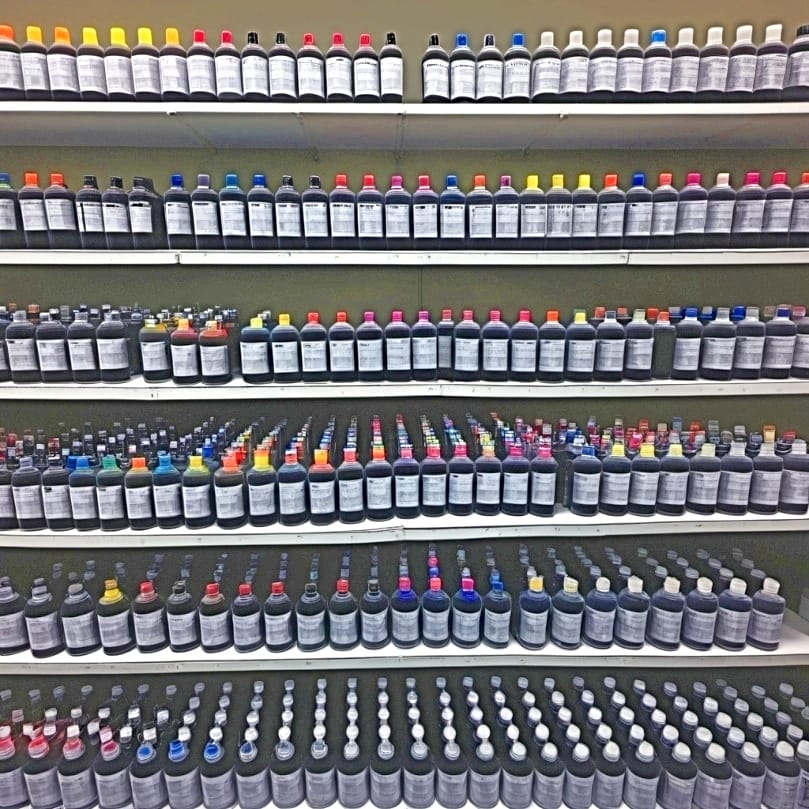
Choosing the right tools is half the battle won. This rings true for sublimation printing as well. Selecting the right sublimation printers, ink, and paper can significantly influence the quality of your sublimation prints. After all, a craftsman is only as good as their tools.
How do you determine the right tools? It’s a matter of understanding the capabilities of various printers, the unique properties of different ink types, and the suitability of various papers for sublimation printing. Let’s delve into each aspect to better understand how to select the correct tools.
Popular Sublimation Printer Models
The market is flooded with sublimation printer models, making it challenging to choose the right one. Let’s narrow down the options. Here are some recommendations based on different needs:
- For high-resolution printing: Sawgrass SG500
- For event photographers: DNP DS620A (known for its versatile print sizes)
- For beginners: Epson SureColor SC-F170 (provides a good starting point)
- For portability and budget: Canon Selphy CP1500
Remember, the right printer model for you depends on your specific needs and requirements, so always consider the printer properties before making a decision.
Sublimation Ink Types
Just like a painter’s palette, a sublimation print is incomplete without the right sublimation ink. You have various types of sublimation inks to choose from:
- High-density inks that create vivid colors
- Variations of black inks that enhance depth and detail
- Water-based inks for direct printing on pre-treated fabrics
- Fluorescent inks for those eye-catching sports apparel
- Large-volume ink bottles for bulk orders
- ECO PASSPORT certified inks for reduced environmental impact
Understanding the specific needs of your project is critical to selecting the suitable ink.
Sublimation Paper Options
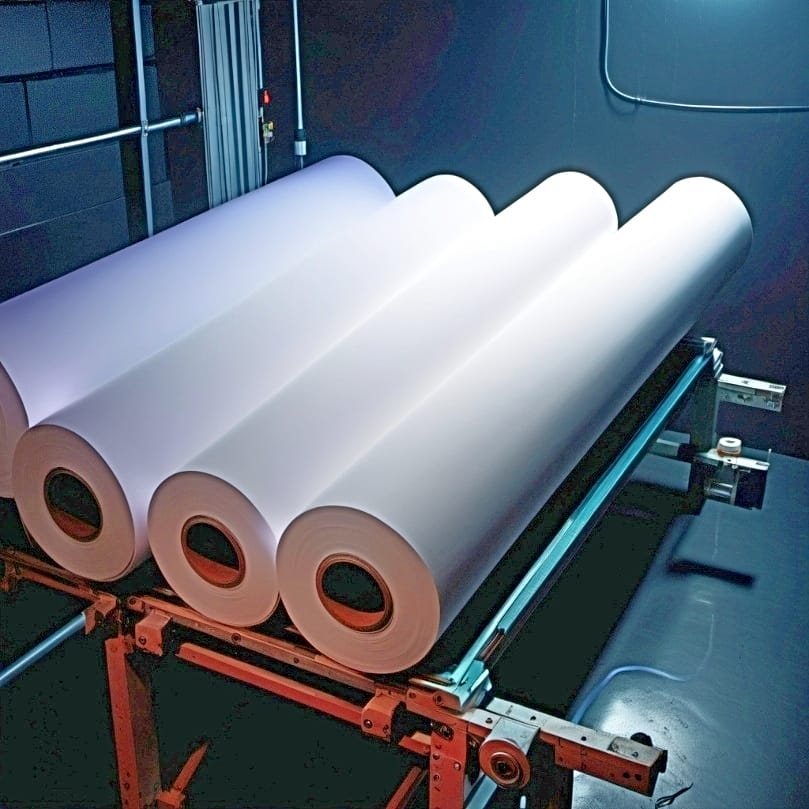
Last but not least, selecting the right sublimation paper is as vital as choosing the right printer and hiipoo sublimation ink. Some specific sublimation papers to consider are:
- TexPrint R: known for its bright and consistent color output
- Hiipoo: also known for its bright and consistent color output
- A-Sub: a medium weight paper that is versatile and compatible with various printers and substrates
Choosing the right sublimation paper will ensure high-quality and vibrant prints.
Remember, using the wrong type of paper, like regular copy paper, can lead to duller colors and a higher likelihood of mottling during sublimation. Therefore, make your selection carefully!
Performing a Sublimation Test Print
Now that we’ve chosen the right tools, it’s time to put them to the test. Performing a sublimation test print involves several steps:
- Load the appropriate sublimation paper into the printer.
- Adjust the printer settings to match the paper type and size.
- Manage the document’s color settings to enhance color reproduction.
Proper setup and meticulous execution are crucial for accurate results. Let’s walk through the process together.
Test Print on Windows
Performing a sublimation test print on Windows? No problem! Microsoft Word can be your go-to tool. First, ensure that your image is correctly inserted and appropriately resized in the Word document. Then, pay close attention to your print settings.
Adjusting these settings in Microsoft Word is a critical step to ensure that your sublimation test print will be accurate. Let’s fine-tune those settings for high-quality test prints!
Test Print on Mac

For all you Mac users, the process of executing a sublimation test print is just as straightforward. The key lies in manual color correction. Here’s how to do it:
- Select ‘Color Options’ in the dropdown menu.
- Choose ‘EPSON color controls’ in the Color Matching dropdown.
- Adjust the color sliders to achieve the desired color output.
- Change the color mode to Adobe RGB if necessary. This method gives you full control over your color output, resulting in a more precise and vibrant test print.
Test Print Using Adobe Photoshop
For those who prefer using Adobe Photoshop, the process is just as simple. Start by selecting the ‘Color Controls’ option within your printer’s System Dialog box. This will enable manual color correction. Then, use the sliders and the color picker tool to adjust the hues and achieve precise color reproduction.
It’s akin to being a digital artist, adjusting and perfecting your colors until they’re just right.
Analyzing and Adjusting Test Print Results
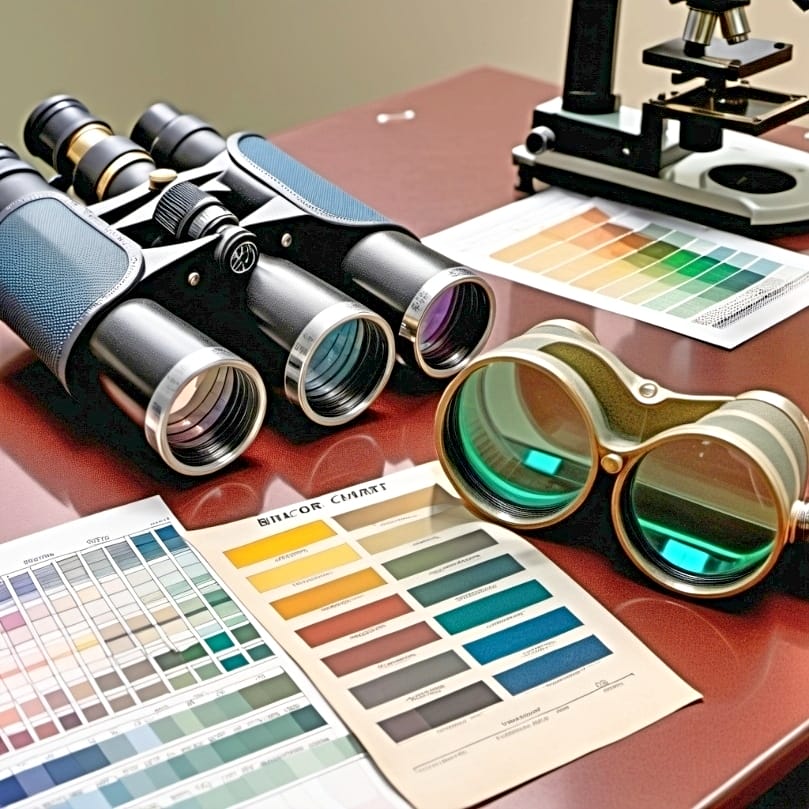
The test print is out, now what? It’s time to put on your detective hat and analyze the results. Proper color management is essential here, ensuring that the colors on your monitor match those printed. But that’s not all. Manual color correction involving changing the color mode to ‘Adobe RGB’, adjusting gamma to 2.2, and tweaking brightness, contrast, saturation, and density are all part of the process.
Let’s delve into the detailed analysis and adjustment of test print results, using a test page as a reference.
Identifying Common Issues
Understanding what’s wrong is the first step to making it right. In sublimation printing, common problems like color bleeding, uneven transfers, or ghosting can affect the quality of your final print. By identifying these issues in your test prints, you can take proactive measures to rectify them before proceeding with your final project.
Bear in mind that every issue has a remedy; you simply need to discover it.
Adjusting Printer Settings
Now that we’ve identified the issues, it’s time to make some adjustments. The printer settings are a good place to start. Here are some settings you can try:
- Set the printer to use settings appropriate for ‘Premium Presentation Paper Matte’
- Adjust the print quality to ‘High’
- Toggle settings like high-speed printing
- Enable mirror image printing for precise and vibrant transfers
These adjustments can significantly enhance color reproduction and detail.
Keep in mind that even minor modifications can significantly impact your final print quality.
Fine-Tuning Color Corrections

With the major adjustments done, it’s time to fine-tune. This is where color corrections come in. By selecting ‘Adobe RGB’ for color mode, setting gamma to 2.2, and manually adjusting:
- brightness
- contrast
- saturation
- density
You can gain precise control over your sublimation print colors.
Furthermore, the use of ICC profiles can facilitate accurate color mapping between devices, guaranteeing consistency in your prints across multiple batches.
Proper Pressing Techniques for Sublimation
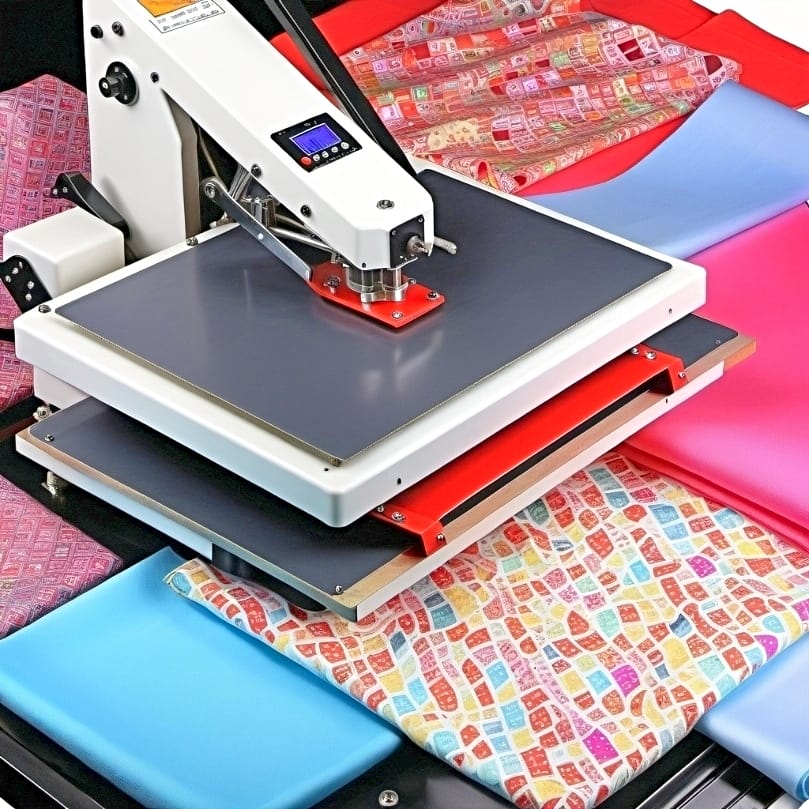
Beyond printers, ink, and paper, there’s another crucial aspect of sublimation printing – pressing. Proper pressing techniques can make or break your sublimation prints. From pre-pressing substrates to eliminate moisture to ensuring even pressure across the substrate surface for proper dye transfer, each step is essential.
Let’s examine these techniques more closely.
Temperature and Time Settings
Temperature and time settings can feel like a high-stakes game of Goldilocks – not too hot, not too cold, not too long, not too short, but just right. The optimal range varies with substrate:
- 375°F to 400°F for polyester
- 360°F to 385°F for stainless steel tumblers
- 350°F to 400°F for ceramic mugs
- 400°F to 425°F for aluminum panels and glass substrates.
Similarly, pressing times also depend on the substrate. Once you get these settings right, you’re on your way to perfect sublimation prints.
Pressure Adjustments
Pressure, it’s not just a feeling; it’s a critical factor in successful sublimation prints. Even pressure across the substrate surface is crucial for proper dye transfer. But getting the pressure right is more of an art than a science, varying with substrate size and thickness. Medium pressure, equivalent to about 40 psi, is typically ideal. But remember, setting the pressure too high can cause uneven spots, while too low pressure may result in less vibrant colors. So, strive to hit that optimal balance!
Troubleshooting Common Sublimation Issues
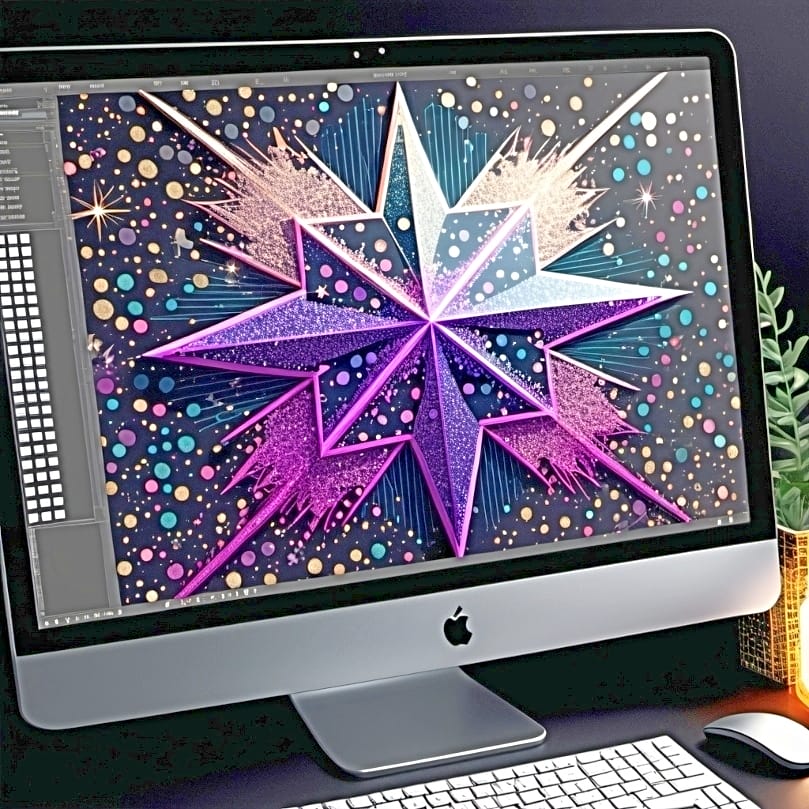
Even with all the right tools and techniques, you might run into some common sublimation printing issues. But don’t worry, every problem has a solution. Whether it’s ink bleeding, incorrect drying times, or color mismatches, understanding these issues can help you improve your print quality.
Let’s examine these common problems and understand how to resolve them.
Clogged Print Head
A clogged print head can put a real damper on your printing process. But with regular maintenance, like cleaning print heads and checking ink levels, you can prevent issues like banding due to clogged nozzles. If you do encounter a clog, start with a nozzle check, followed by head cleaning using the printer’s maintenance functions.
For more stubborn clogs, you can resort to advanced cleaning techniques. Keep in mind that handling print heads requires patience and a gentle touch.
Ink Cartridge Problems
Ink cartridge problems can be a real pain, but they’re also relatively easy to resolve. Low ink levels can cause faded colors and inconsistent prints, which can usually be resolved by replacing or refilling the ink cartridges. An incorrectly installed cartridge can also lead to printing issues, so ensure it’s firmly seated and the nozzle’s contact points are clean.
Also, to avoid poor color output or printer damage, always use cartridges recommended by the printer manufacturer.
Paper Loading Errors
Paper loading errors can be frustrating, but with a little care and attention, they can be easily avoided. Here are some tips to help you:
- Make sure the paper is properly aligned in the printer tray.
- Avoid overfilling the tray beyond the printer’s capacity.
- Check that the paper is not curled, creased, or damaged before loading it into the printer.
By following these tips, you can prevent paper loading errors and ensure smooth printing.
Maintaining cleanliness of the printer and its surroundings, along with regular checks and cleaning of the printer’s rollers, can help ensure proper traction and prevent paper slippage or jamming during the printing process.
Summary
Mastering sublimation test prints might seem challenging at first, but with the right tools, techniques, and a little practice, you’re sure to nail it. From selecting the right printer, ink, and paper to performing a successful test print and troubleshooting common issues, you’re now equipped with all the knowledge you need to create vibrant, high-quality sublimation prints. Remember, the key to flawless color reproduction lies in understanding and mastering your sublimation test prints. So, what are you waiting for? It’s time to put your knowledge into practice and create some stunning sublimation prints!
Frequently Asked Questions
Why is my sublimation not transferring?
Your sublimation might not be transferring because your ink is not sublimation ink or your heat press is not hot enough.
Can you test sublimation ink on regular paper?
No, it’s not recommended. Sublimation ink on regular paper will result in dull colors, bleeding, and poor print quality.
What is a sublimation test print?
A sublimation test print involves printing a color chart on polyester fabric to check printer settings and ink quality for ensuring top-notch prints.
How can I perform a test print on Windows?
To perform a test print on Windows, simply use Microsoft Word to set up your document with the image you want to print, then adjust your print settings accordingly. Easy peasy!
What are some common sublimation printing issues?
If you’re experiencing sublimation printing issues like ink bleeding, sublimation green printing blue, incorrect drying times, or color mismatches, identify them in your test prints and take proactive measures to fix them before your final project. Don’t let these issues affect your final outcome.
References
- Goel, P. (2022, July 20). Why continuous testing is the key to unlocking your ERP transformation. Forbes. https://www.forbes.com/sites/forbestechcouncil/2022/07/20/why-continuous-testing-is-the-key-to-unlocking-your-erp-transformation/
- Kitili, K. (2020, June 15). PRODUCT TESTING AND WHY IT’S IMPORTANT. https://www.linkedin.com/pulse/product-testing-why-its-important-gideon-kitili/

